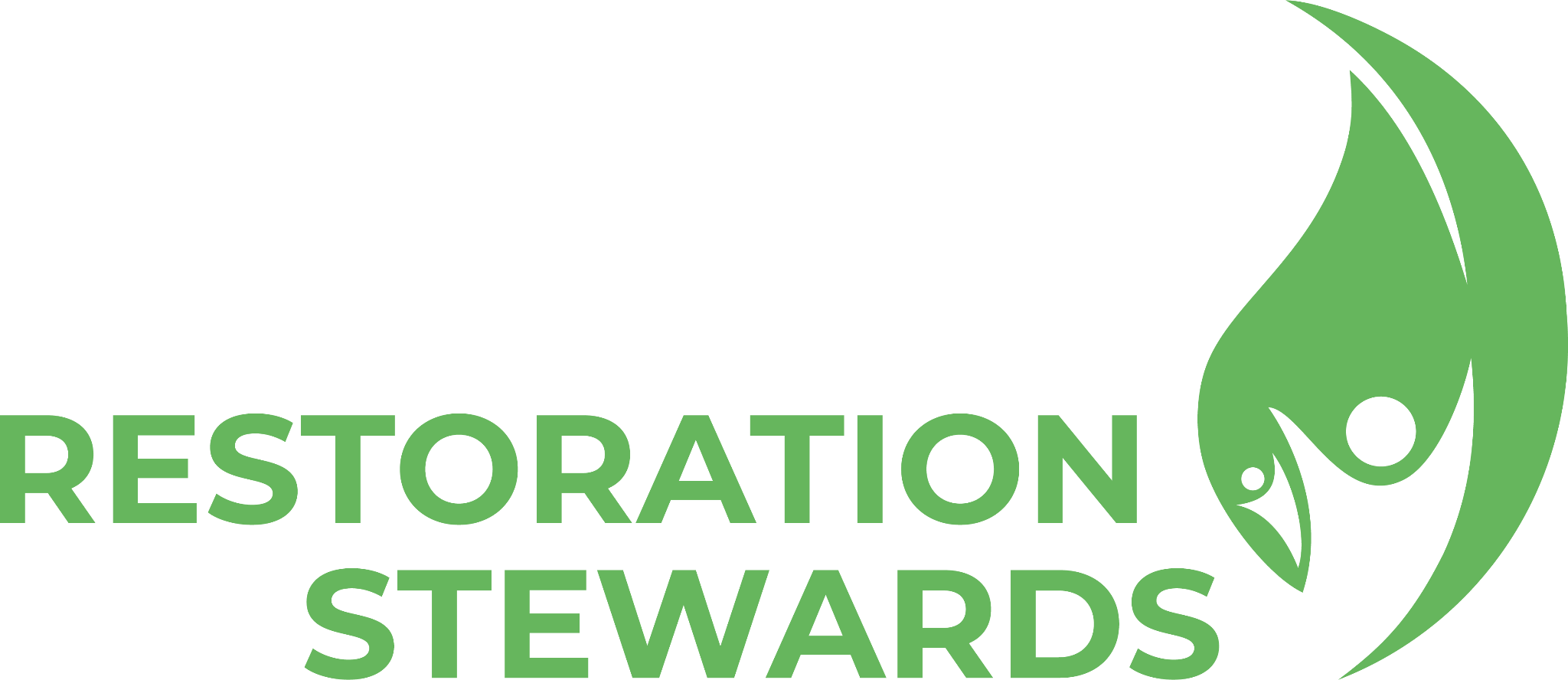The benefits and opportunities of grass seed banks in Kuku Group Ranch
MWCT is restoring the drylands of Kuku Group Ranch using various sustainable interventions, such as the establishment of grass seed banks and water bunds. With support from local communities and partners, MWCT has already managed to establish five grass seed banks within the Ranch. In this blog, I would like to explain a little bit more about the process of establishing seed banks.
The grass seed bank is a sustainable initiative with holistic benefits to both the women themselves, and the community at large.
First of all, the grass seed bank project benefits women as it is a source of income, thanks to the sale of hay and grass seeds. This leads not only to economic benefits, but also to social benefits, since it allows the women of the community to be more independent from their husbands. The income helps the women to provide basic needs for their families, such as paying school fees for their children.
The grass seed bank project has helped the community procure pasture for their livestock – especially during the drought seasons, when calves and old or sick livestock cannot walk for many kilometers in search of food. It should be noted that owning livestock is the main economic activity in the area.
In addition to social and economic benefits, the grass seed bank project also benefits the environment, as it leads to the proliferation of grass species that are endemic to Kuku Group Ranch. Beyond the seedbank, some of the grass seeds are blown elsewhere by the wind and take root in other parts of the group ranch. One of the main objectives of the grass seed banks is to improve the vegetation cover of the rangeland with high-value indigenous grass species.
The women who run the grass seed banks are also looking for other complementary activities that they can establish there. Beekeeping projects are an attractive option because they enhance pollination, thus improving the production of other herbaceous species. They also benefit the women economically and help to deter elephants from the grass seed banks.
The Moilo Grass Seed Bank offers a clear example of rangeland restoration to the community and other organizations. Inspired by this project, other community members have taken the initiative to establish other restoration sites in the group ranch. With support from GLF, Moilo Seed Bank aims to improve its grass production and engage in complementary on-site activities such as beekeeping and tree planting.


